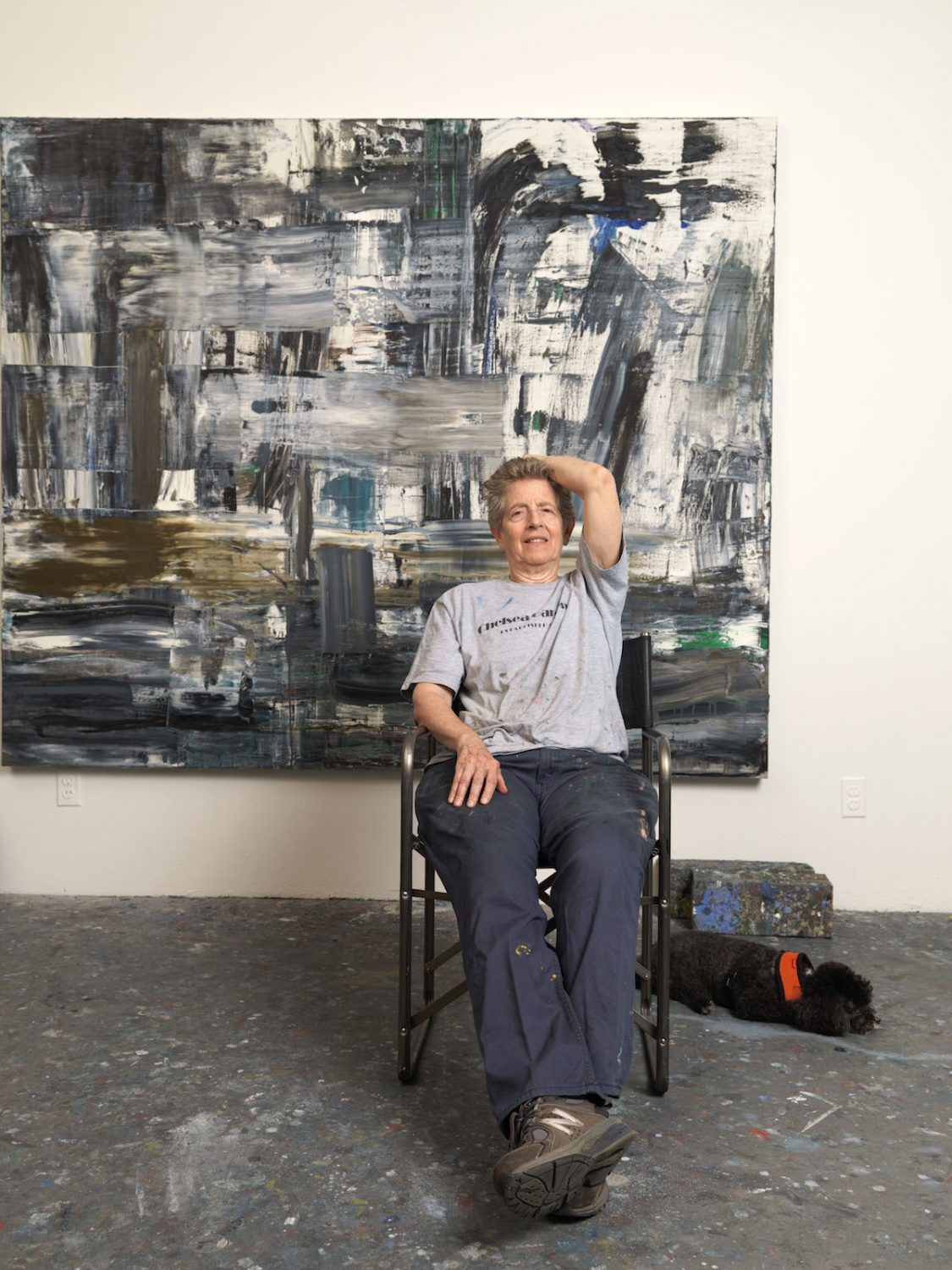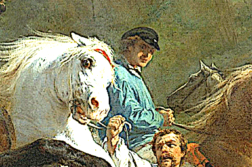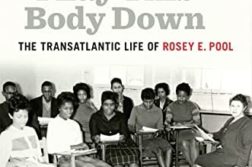SINCE THE EARLY 1970s, I have followed the work and feminist activism of Louise Fishman (1939–2021). At certain times, her art expresses a parallel universe of feminist anger and radicalism for me. Although her work is universal and abstract, it echoes my personal history of feminist activism, a frustration during my own pilgrimage through the numerous social movements of the 1950s and ’60s when I was in college and then an NYU graduate student. Like Louise, my Jewish parents provided me with a strong sense of ethics and a moral compass that launched me into synchrony with Louise’s political activism of those decades.

In 1973, when Louise integrated language into her work with the painting Angry Woman (consisting of 27 paintings, acrylic on paper, all 26 x 40 Inches), she touched on a shared level of pure rage. Most of her paintings associate the word “angry” with names of friends, such as “Angry Jill” (Johnston, the critic and writer), or “Angry Bertha” (Harris, the author); others are well-known writers and art world people. They shared a consciousness that all women had oppression in common, and all were angry about it.
Louise joined the radical groups Redstockings and Upper Westside Witch. One summer, she formed a women’s consciousness-raising group that included the sculptor Patsy Norvell, dancer-choreographer Trisha Brown, Carolyn Goodden, one of the founders of FOOD, the iconic SoHo artists’ restaurant. When the first artist group dissolved, Louise founded another, bringing in Patsy, Jenny Snider, Harmony Hammond, Sarah Draney, and other contemporary visual artists. This group lasted close to two years, and one of the results was a group show at Nancy Hoffman Gallery.
In 1988, Louise toured the death camps of Europe with two friends. Their trip was sponsored by the Simon Wiesenthal Foundation and was titled “Remembrance and Renewal.” Louise could barely contain the despair and anger she felt for the mass killing of European Jews. That handful of muck—including ashes from the crematorium—she scooped up from the Pond of Living Ashes at Birkenau was incorporated into each of the “Remembrance and Renewal” paintings that she created upon her return. They were exhibited at Simon Watson Gallery in 1989. Louise’s ability to transform her anger and spirit into abstract art has inspired me to deal with my anger and enrich my life with the community and political action.
No words of mine can capture Louise’s art and righteous wrath and vigor. There are few artists among contemporary creatives as impressive, knowledgeable, and capable of making universalizing statements as Louise Fishman. The depth of her compassion and kindness defy description, and I am dumbfounded as I face her body of work and the legacy that she has left us.
I knew Louise as a friend, a brilliant artist, an animal lover, and a lesbian sister for over sixty years. When I look at the diverse body of work that she leaves behind for posterity, I take comfort in the universality of her concerns, in her compassion, and in her continuous questioning of our values, ethics, and humanity, which she invites us all to confront.
Cassandra Langer, a frequent G&LR contributor, is the author of Romaine Brooks: A Life (2015).






